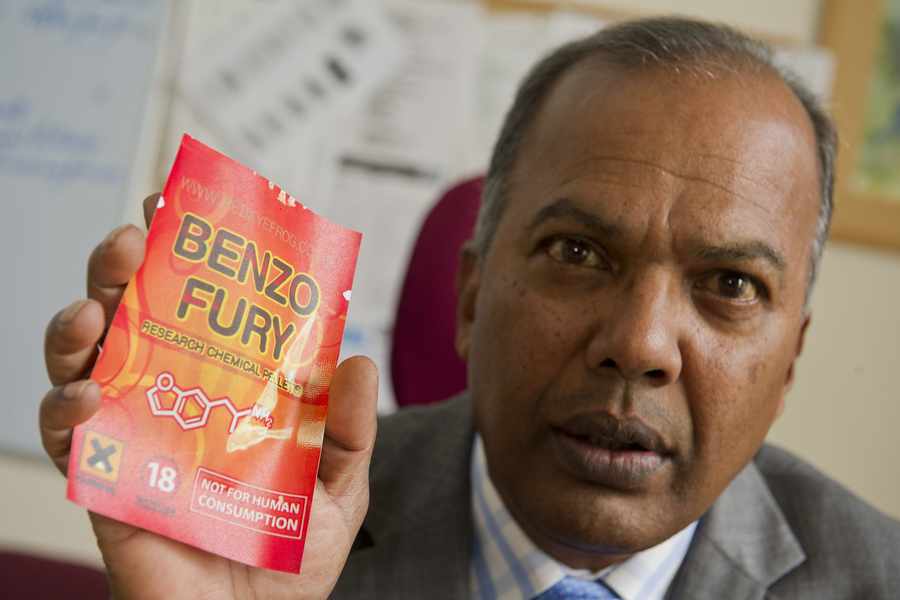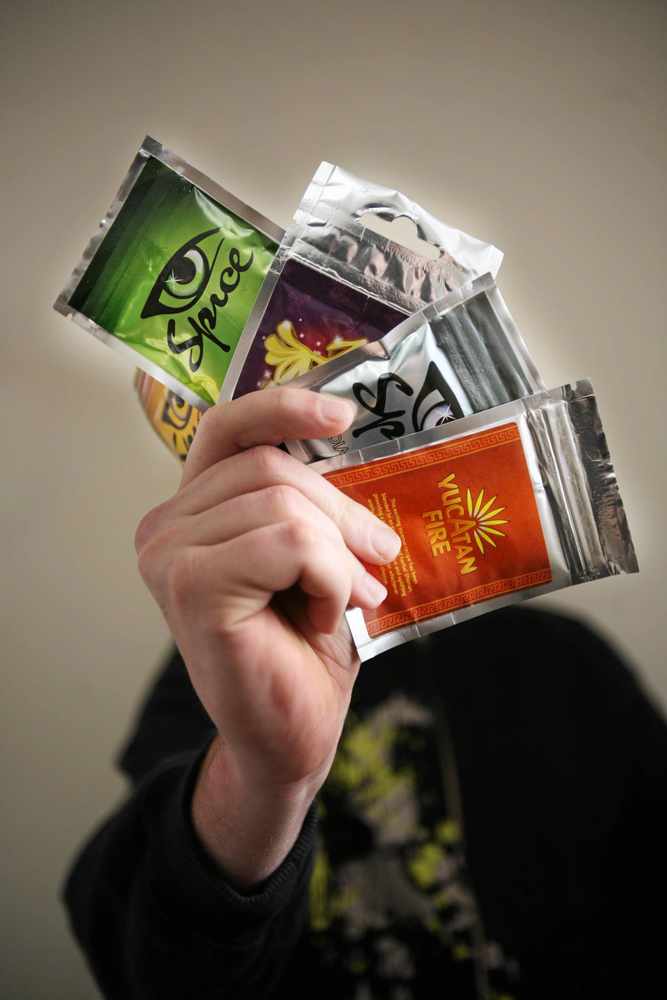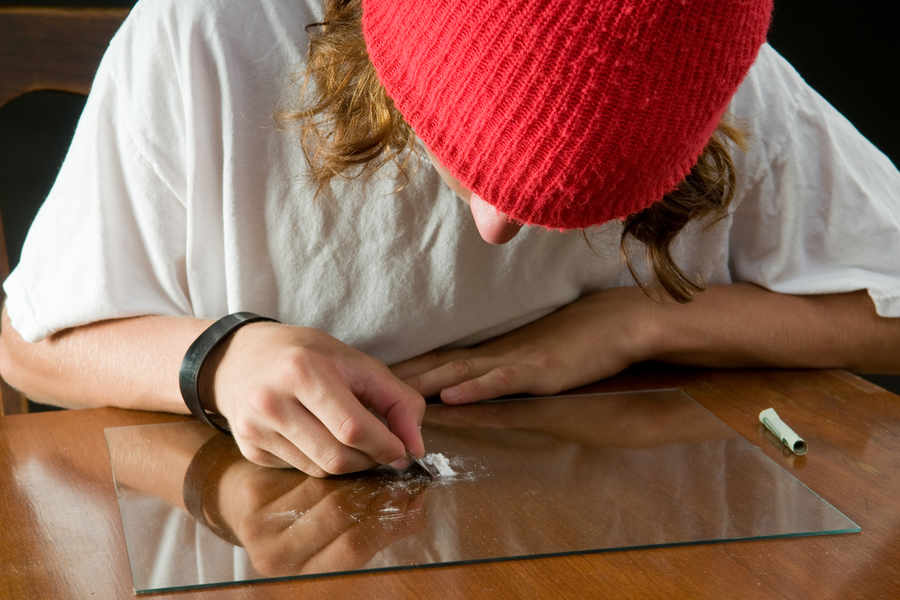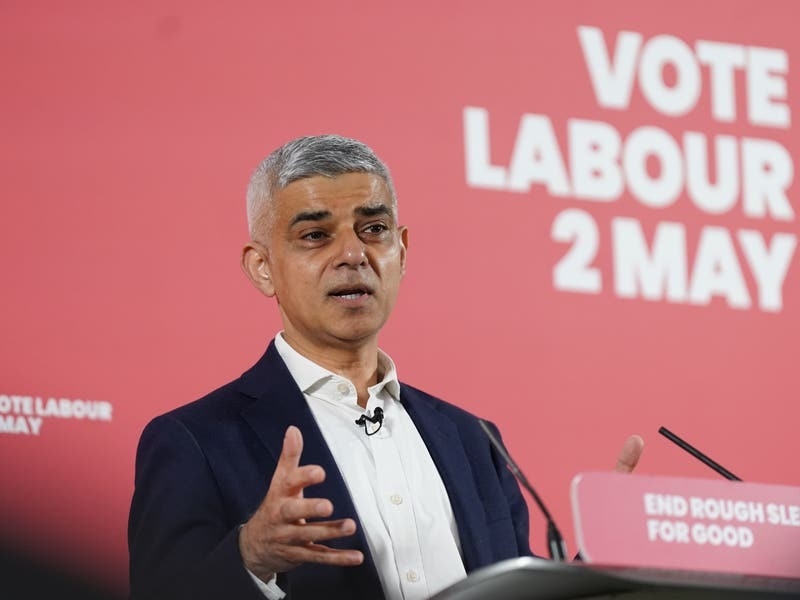The number of teenagers who were referred to the service almost tripled last year, from fewer than five in 2013 to 14 in 2014, according to a Freedom of Information request made by this newspaper.
In total 57 people were referred to the service last year, compared to six in 2010, fewer than five in 2011 and seven in 2012 and 2013. So far this year 15 Islanders have been referred to the service, including five teenagers.
Islanders are referred via their GP, the emergency services or by the courts if they are found in possession of NPS. There is also the option of self-referral.
Michael Gafoor, director of the Alcohol and Drug Service, said that the significant increase last year was not just as a result of the number of users of NPS going up but also because people were becoming ‘more aware’ of the dangers and asking for help.

NPS – formerly known as legal highs – are substances substituted for drugs such as ecstasy and cannabis. Possessing or using NPS was made illegal in Jersey under the Misuse of Drugs Law in 2009.
‘NPS or so-called “legal highs” are designed to mimic other substances, so there is a danger that we can focus too much on NPS and ignore the dangers of other traditional drugs,’ Mr Gafoor said.
‘But NPS are a danger because they are untested, easily accessible, cheaper than other drugs to buy and are constantly adapted to avoid legislative controls.’
The figures revealed that the youngest Islander referred to the Alcohol and Drugs Service for NPS in the last five years was 12, while the oldest was 57. Among the substances that people were referred to the service for included mephedrone, Benzo Fury and a number of different types of cannnabinoids.

Meanwhile, nearly half of all NPS users reported using cannabis, 18 per cent used cocaine, 19 per cent used ecstasy, 16 per cent used mephedrone and 18 per cent of NPS takers also used prescribed medication.
Mr Gafoor said around one-third of those admitted to the service for using NPS were aged between 16 and 20 and added that this was the age group that needed to be targeted for ‘prevention, treatment and intervention’.
He said: ‘There are also high-risk groups of people, for example young people who truant from school or come from unstable homes. Or those who use tobacco and alcohol at an early age.
‘Young people use so-called “legal highs” because they are easier to access than conventional drugs. All you need to buy them online is a credit card, and for some young people there is a misguided perception that they are legal. NPS can also offer young people escapism and relaxation, so all these factors contribute towards it.’
The statistics also revealed that 40 per cent of users bought the substances from someone they knew, 35 per cent bought them from a shop and 23 per cent bought them online.
Mr Gafoor said that all drugs, including NPS, can be separated into four different categories including depressants, stimulants, hallucinogenic drugs and dissociative drugs. He added that NPS such as cannibinoids, mephedrone, ethylphenidate – which fall into the first three of these categories – had all been seen in Jersey.
Along with the dangers of NPS, Mr Gafoor said that the service needed to be aware of ketamine, a dissociative drug. Ketamine has not yet been seen in Jersey but Mr Gafoor said that it is currently a ‘popular party drug’ in London and added that ‘drugs tend to migrate to Jersey between one and two years’ after usage in the UK has increased.






